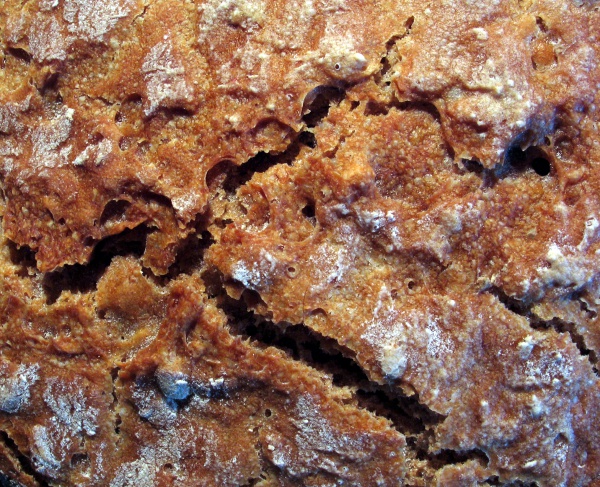Facts About Brown bread
Brown bread is a nutritious type of bread made from whole grain flour, typically wheat, and sometimes enhanced with dark ingredients such as molasses or coffee. The term's meaning can vary depending on the region. In Canada, the UK, and South Africa, it commonly refers to wholemeal or whole wheat bread. Conversely, in the Maritimes, it specifically denotes bread made with molasses. In certain parts of the U.S., it's often called wheat bread to differentiate it from white bread.
Historically, brown bread has had a significant past. During the Famine in Ireland, it was distributed to the poor, and in England, it was made from brown meal. By the mid-19th century, the recognized health benefits of bran led to a surge in the popularity and price of brown meal. A key ingredient in brown bread is raw wheat germ, which can impact the loaf's volume due to its higher levels of glutathione.
The rich brown color of whole grain bread is derived from a component called cerealine, found in the aleurone layer of grains. Several regional varieties of brown bread exist, each with its distinctive flavor and preparation method. For example, there is Irish wheaten bread, Borodinsky bread from Russia, and Boston brown bread from New England. Boston brown bread is particularly noteworthy: it is a dark, slightly sweet steamed bread made from a combination of flours such as cornmeal, rye, whole wheat, and graham flour, sweetened with molasses and maple syrup. It is often served with baked beans and is especially popular during the fall and winter months.

 United Kingdom
United Kingdom